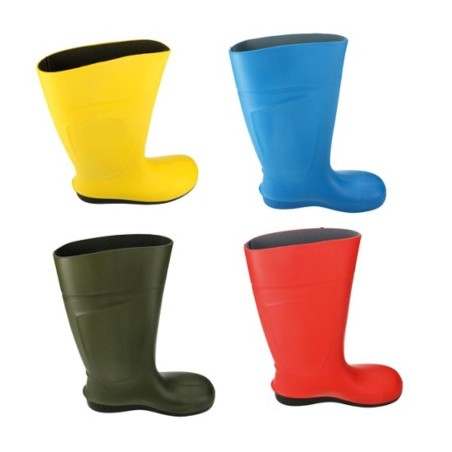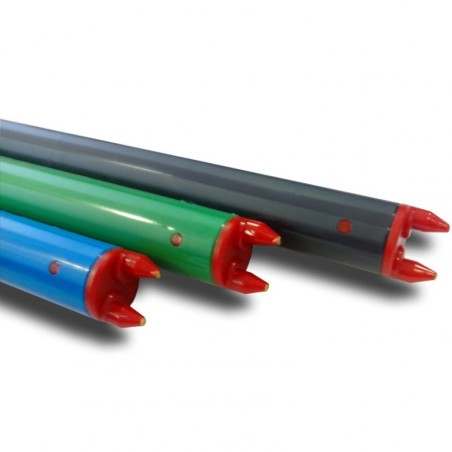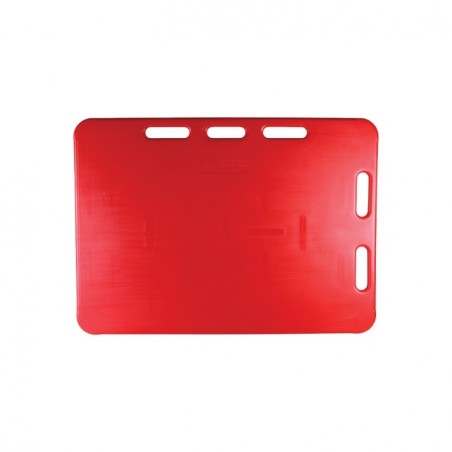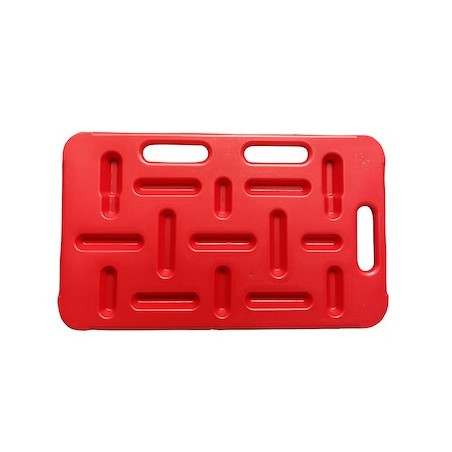Objective
In this tip we describe a biosecurity protocol that helps prevent cross contamination at the clean/dirty boundary line of the load out area where pigs move from the farm to an outside truck in order to increase the overall farm biosecurity (Image 1).

Description of the tip
The movement of live animals out of the farm is one of the events that is most commonly associated with a compromise in farm biosecurity. Therefore, a meticulously designed transfer facility and safe load out protocols are key to prevent the risk of cross contamination.
In standard loading protocols, there is usually only one clearly identified clean/dirty line (i.e. the ‘red line’ or ‘line of separation’) between the barn production area (e.g. the end of the loading area) and the outside ‘dirty’ area (e.g. livestock trailer). In Image 1, this unique line is illustrated by the red dashed line between the grey and the green areas. Load-out crew members from the farm cannot cross over this line into the livestock trailer and the driver cannot cross over into the internal loading area.
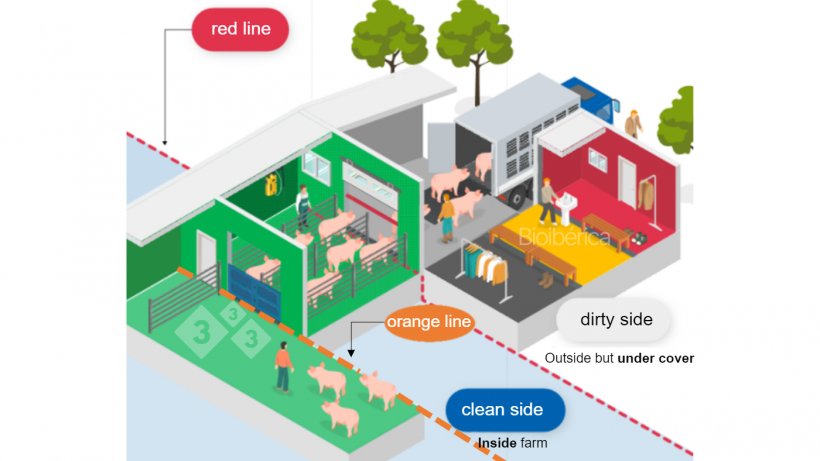
In a staged loading protocol, a second line of separation is implemented (i.e. the orange dashed line) to decrease the chance of bringing infectious material into the farm. One member from the load-out crew is stationed between the two lines of separation (in Image 1 this worker is wearing the dark green coveralls) and he or she cannot cross into the livestock trailer or cross the second line of separation into the barn alleyway. This worker receives animals from inside the barn without returning to the barn for additional groups.In addition, they only re-enter the facility after cleaning and disinfecting the load out area and their footwear at the end of the loading procedure. They may also use disposable coveralls that are discarded after the procedure is complete. The remaining load-out crew members within the barn (in Image 1 the worker with orange sweater) cannot cross the second line of separation into the load-out area. These crew members are responsible for supplying new groups of pigs to the load out area without coming into close contact with the trailer.




